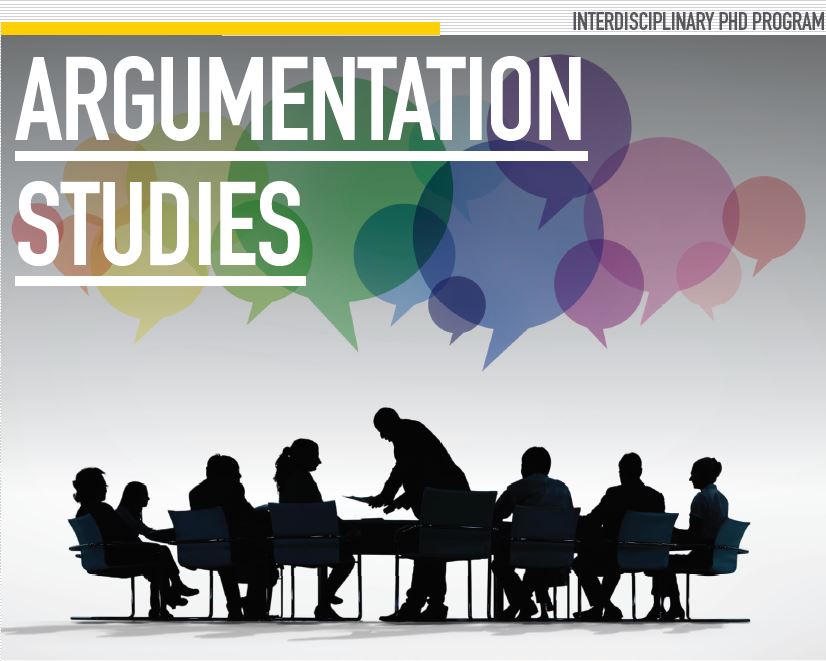Location
McMaster University
Document Type
Paper
Start Date
1-6-2005 9:00 AM
End Date
1-6-2005 5:00 PM
Abstract
It has been accepted for some time within Communication Theory that there are identifiable differences in how men and women communicate. This acceptance obtains both within the academic world and even more so within the realm of folk Communication Theory. I argue that the gender-identified differences run along distinct poles. The first major pole concerns the objectives meant to be achieved by argument: is it deciding who is right? Or, what the issue really is? Or, how a disagreement can or should be resolved? The second major aspect concerns the communicative tools used in settling differences and understanding positions. If the genders have different rules of communication, which rules will be followed? What sorts of arguments and evidence will be allowed? If classically masculine criteria are applied, then how can classically feminine voices be heard? It is argued that these issues do not loom nearly so large when gender is not confused with sex.
Creative Commons License

This work is licensed under a Creative Commons Attribution 4.0 International License.
Included in
Argument Use In Gendered Contexts
McMaster University
It has been accepted for some time within Communication Theory that there are identifiable differences in how men and women communicate. This acceptance obtains both within the academic world and even more so within the realm of folk Communication Theory. I argue that the gender-identified differences run along distinct poles. The first major pole concerns the objectives meant to be achieved by argument: is it deciding who is right? Or, what the issue really is? Or, how a disagreement can or should be resolved? The second major aspect concerns the communicative tools used in settling differences and understanding positions. If the genders have different rules of communication, which rules will be followed? What sorts of arguments and evidence will be allowed? If classically masculine criteria are applied, then how can classically feminine voices be heard? It is argued that these issues do not loom nearly so large when gender is not confused with sex.

